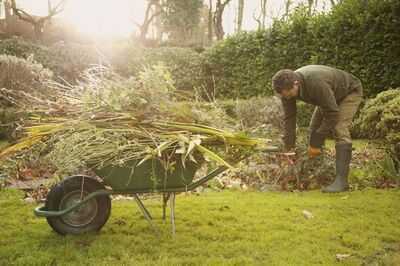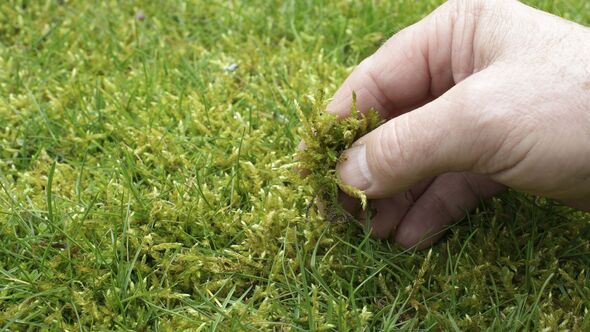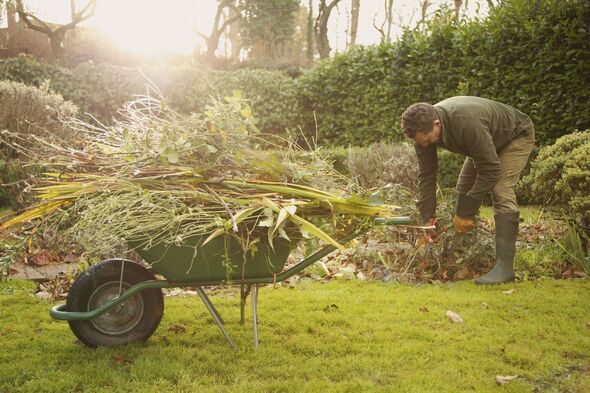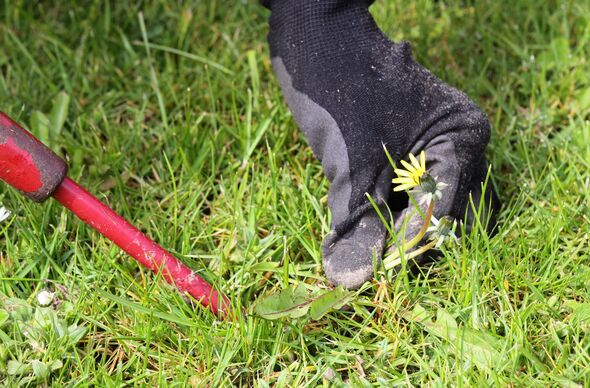

A well-kept can transform a domestic , but the opposite is true, so maintenance is essential all year round.
While many Britons may be feeling down about the state of their grass, the increasingly longer days provide a glimmer of hope for spring.
That said, won't return to being their best without a nudge or some essential preparations. Luke Dejahang, Gardening Expert and CEO of says that when it comes to lawncare in February, the most important jobs are very simple.
He told Express.co.uk: "February is the last month of winter, meaning it's a good time to begin preparing your lawn for spring, which is just around the corner."
"You should start by clearing any debris, such as fallen leaves and twigs from the recent stormy weather, as well as any bits of moss, as you want to ensure your lawn is clean and ready for new growth."

Once your lawn is clear of surface debris, Luke suggests looking closer. He said: "February is an ideal time to inspect your lawn for thatch and moss buildup.
"Weather permitting, it's a great opportunity to remove this thatch and moss and to scarify your lawn. This process allows water and nutrients to penetrate more deeply into the soil."
To spot lawn moss, look for distinct green or yellow tufts growing between grass blades. These tufts often appear as dense mats or small "Christmas tree" shapes, and they can feel spongy when stepped on.
Thatch is a layer of brown, dead grass hidden beneath the green grass. It is usually visible when you lift a section of turf and see a thick, matted layer of organic matter.

Plucking out weeds is also a timely task gardeners can do this month. The gardening expert said using a targeted weed killer will benefit your lawn by reducing competition for nutrients and space.
Moreover, if your lawn has too much moss, use a moss killer to get rid of it. Luke said: "After the treatment, rake out the dead moss to prevent it from returning, ready for a fresh lawn in spring!"
As for those hoping to mow their lawn, it is possible if the weather is mild enough. According to the Crown Pavilions CEO, you should only "lightly trim" your lawn if you see signs of your grass beginning to grow.
Luke warned: "Do not trim too much to avoid stressing the grass, which can still be fragile from winter and the varying cold snaps."
There are plenty if you're looking for other gardening jobs this month. "If you haven't done so already, it is best advised to apply a winter or early spring fertiliser, as this will help provide nutrients to help the grass recover from winter dormancy and prepare for the growing season", said Luke.
Whilst it is usually recommended to aerate your lawn in spring, you can start planning and preparing your tools for aeration in April and gain a head start on your garden. Check if your fork or aerator is in good condition and replace it appropriately if it isn't.
The gardening expert said: "You can also prepare for overseeding in February. While it is too early to be overseed in February, you can prepare for spring by selecting the right grass seed mix for your lawn conditions.
"This also ensures you have everything ready for late March and April when overseeding is more effective."